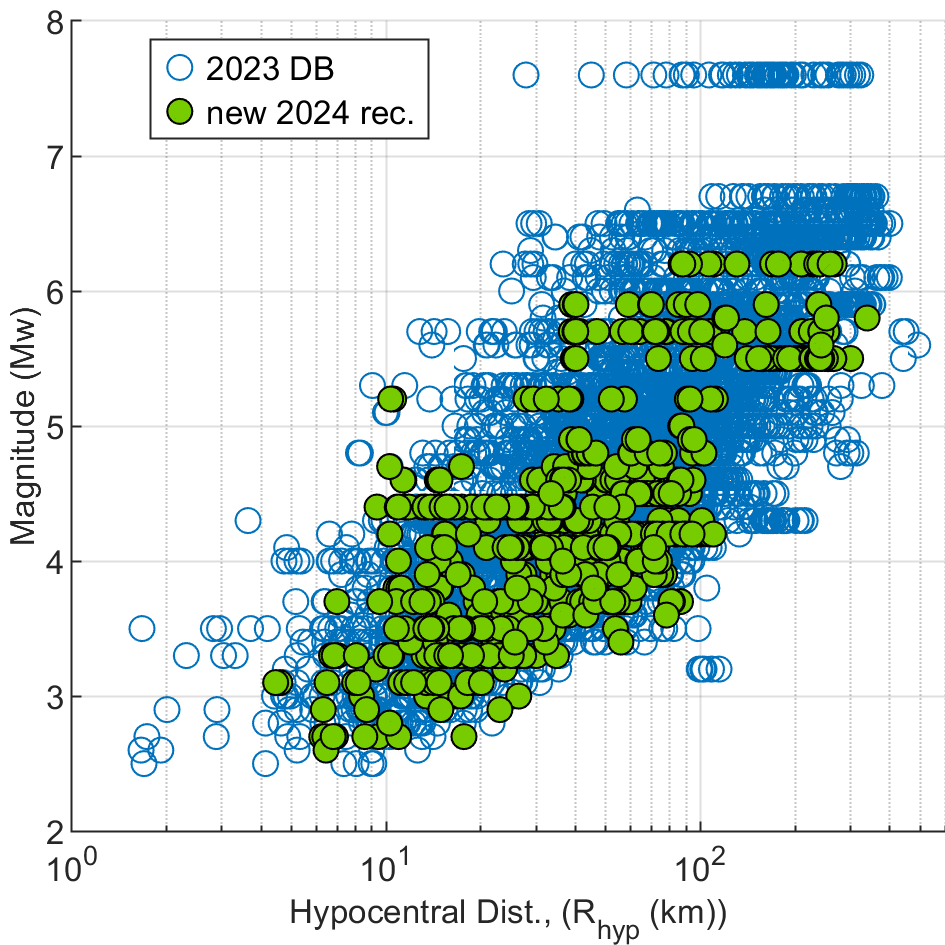

The Earthquake Engineering Laboratory at the University of Costa Rica (LIS-UCR for its acronym in Spanish) started operations in 1983. That year, the United States Agency for International Development (USAID), donated several SMA-1 Kinemetrics strong-motion accelerographs to Costa Rica. They were located along the Pacific coast and the highly populated Central Valley. That was known as the Faculty of Engineering's Accelerographic Network. It was an analog network, which meant that after a strong earthquake took place, the collection and processing of the information took several days to weeks to get ready for analysis.
In 1989 the name was changed to LIS-UCR. New digital instruments were acquired and the geographic coverage of the stations increased. At the time of writing this document, the LIS-UCR has more than 160 digital, 24-bit strong-motion units located in free-field conditions, boreholes, and inside buildings. The LIS-UCR is in charge of recording, processing and storing all acceleration records for academic and research purposes. Further information can be found in: Moya- Fernández, A., L. A. Pinzón, V. Schmidt- Díaz, D. A. Hidalgo-Leiva, and L. G. Pujades (2020). A Strong-Motion Database of Costa Rica: 20 Yr of Digital Records, Seismol. Res. Lett. 91, 3407–3416, doi: 10.1785/0220200036.
The time span for the database provided in this page ranges from 1998 to the present.
2024 Update:
1. 717 new records from 130 earthquakes. Magnitudes (Mw) from 2.6 to 6.2.
2023 Update:
1. 1217 new records from 208 earthquakes. Magnitudes (Mw) from 2.5 to 6.7
2021 Update:
1. 685 new records from 148 earthquakes. Magnitudes (Mw) from 2.6 to 6.7.
2020 Update:
1. 1043 new records from 190 earthquakes. Magnitudes (Mw) from 2.5 to 6.0.
2. From 2020, records of earthquakes of moderate to low magnitude with sensitive acceleration values for the population are included in the DB, even if the automatic system has not been triggered. Therefore, the number of records to increase significantly.
| Go to database. | Soil type (per station). |

